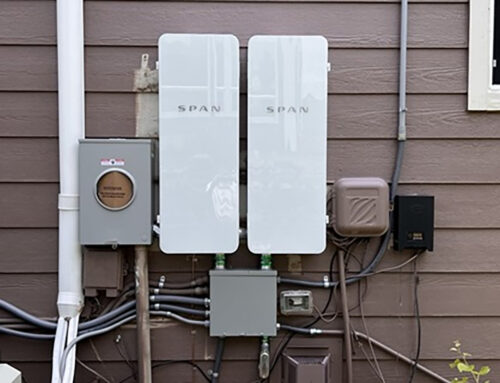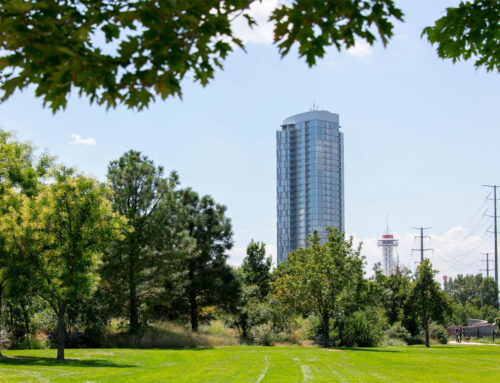A few common reasons why an inspection will not pass:
The following are usually easy fixes to have ready and in place to avoid the re-inspection fee, if not already corrected.
FIRE SAFETY:
- A Smoke Detector or best is a combination Smoke/CO detector inside each sleeping room.
AND - A Smoke Detector or best is a combination Smoke/CO detector outside the sleeping rooms that is within 15 feet of all the sleeping room entrances.
AND - A Smoke Detector or best is a combination Smoke/CO detector on each habitable level of the home including basements.
- Carbon Monoxide Detector If not the combination type detectors, a minimum of one Carbon Monoxide (CO) detector within 15 feet of all bedroom entrances and on each habitable level of the home including basements or cellars used for storage or used as a mechanical room containing a fuel fired furnace or water heater (not for crawl spaces).
- Fire Extinguisher: A standard household ABC type in the kitchen area. The extinguisher must either have a “gauge” or “push to test button” showing that it is pressurized. For Condo units, not required inside the unit as long as there is a fire extinguisher in the common area hallway that is within 75 feet of the unit’s front door and the inspection tag is dated as current.
***Regarding smoke and CO detectors, they should be either the hardwired, plug-in (only for CO detectors) or the 10 year built-in permanent battery type – (most common). No longer allowed are detectors with the AA or 9volt disposable battery type. If your existing detectors are “hardwired” w/ battery a back-up, then ideally if replacements are needed, install a new hardwired type.
***Detectors can be the combination Smoke & CO type which is best for the locations outside of the bedrooms and for the detector on each habitable level, which will meet the requirement for a CO detector.
***All existing smoke detectors must be less than 10 years old and typically most stand alone Carbon Monoxide detectors expire at 5, 7 or 10 years depending on the manufacturer or the life expectancy stated by the manufacturer, whichever is less. (Date of manufacture is usually found on the back of the detector)
***When replacing and buying new smoke or CO detector alarms, AVOID INEXPENSIVE UNITS FROM Amazon. Many of those do not have the required “date of manufacture” on the back, are not UL Listed and some do not function correctly when tested. I recommend the following: FireX, Kidde, XSense, BRK, First Alert, USI-Electric, Universal or other UL Listed types.
ELECTRICAL:
- A GFCI (Ground Fault Circuit Interrupter) type outlet in bathrooms. Usually OK if built or remodeled since the mid 1970’s. All bathroom outlets must be GFCI protected.
- No openings or missing breaker slots on the interior of the main electric service panel or electric sub-panels (if present).
- Outlets, Switches and electrical boxes present must be covered (No broken, missing or open cover plates). No exposed wiring. Accessible outlets will be tested for “reverse polarity” which can be dangerous.
EGRESS:
- Security Doors on exterior exits can’t have a keyed deadbolt on the interior side. Must be able to be unlocked during an emergency from the inside using a “Thumb Turn” type unlocking mechanism and not a key. All exit doors must not have a keyed deadbolt on the interior side of the door that requires the key to unlock, even if the key is left in the interior side lock. Must have a “Thumb Turn” opening mechanism.
- Ideally, all windows with security bars that cannot be opened from the inside should be removed. Especially on any basement or below grade bedroom windows. This is a good safety and liability necessity.






Leave A Comment